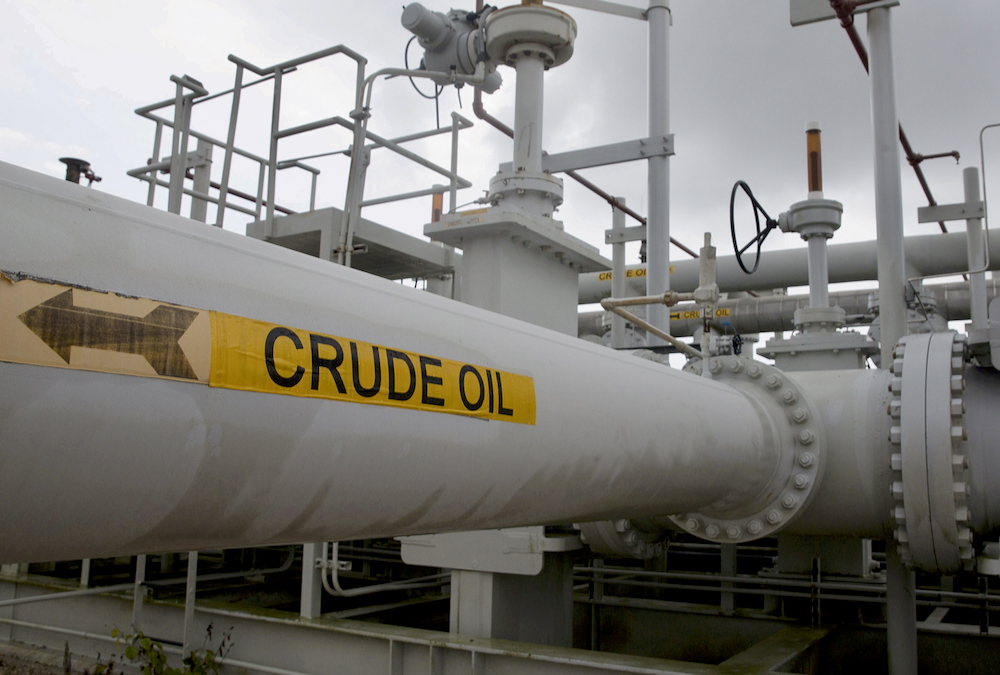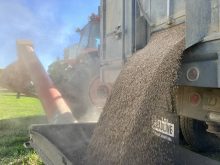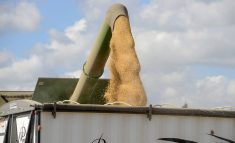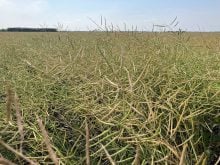It has been quite the ride this past week for ICE Futures canola. Prices for the Canadian oilseed experienced a sharp downturn as declines in global crude oil futures generated a pull- back in edible oil values. When crude oil reversed course and made gains, then those edible oils responded positively — including canola.
The main North American crude oil, West Texas Intermediate — the one on which the media most often quotes the price — retreated to under US$70 per barrel. The twin spectres of the new Omicron strain of COVID-19 adversely affecting oil demand and the planned production increases by the OPEC+ alliance sent shivers through the market. The ‘king of commodities’ was pushing lower, taking as much as it could with it.
As the market adjusted to Omicron and OPEC+ tweaked its policy on oil production to make it more flexible with global supply and demand, crude started to regain a good portion of the ground it gave up. In turn, Chicago soyoil, Euro- pean rapeseed and Malaysian palm oil made efforts to swing higher — bringing canola along for the ride.
Read Also
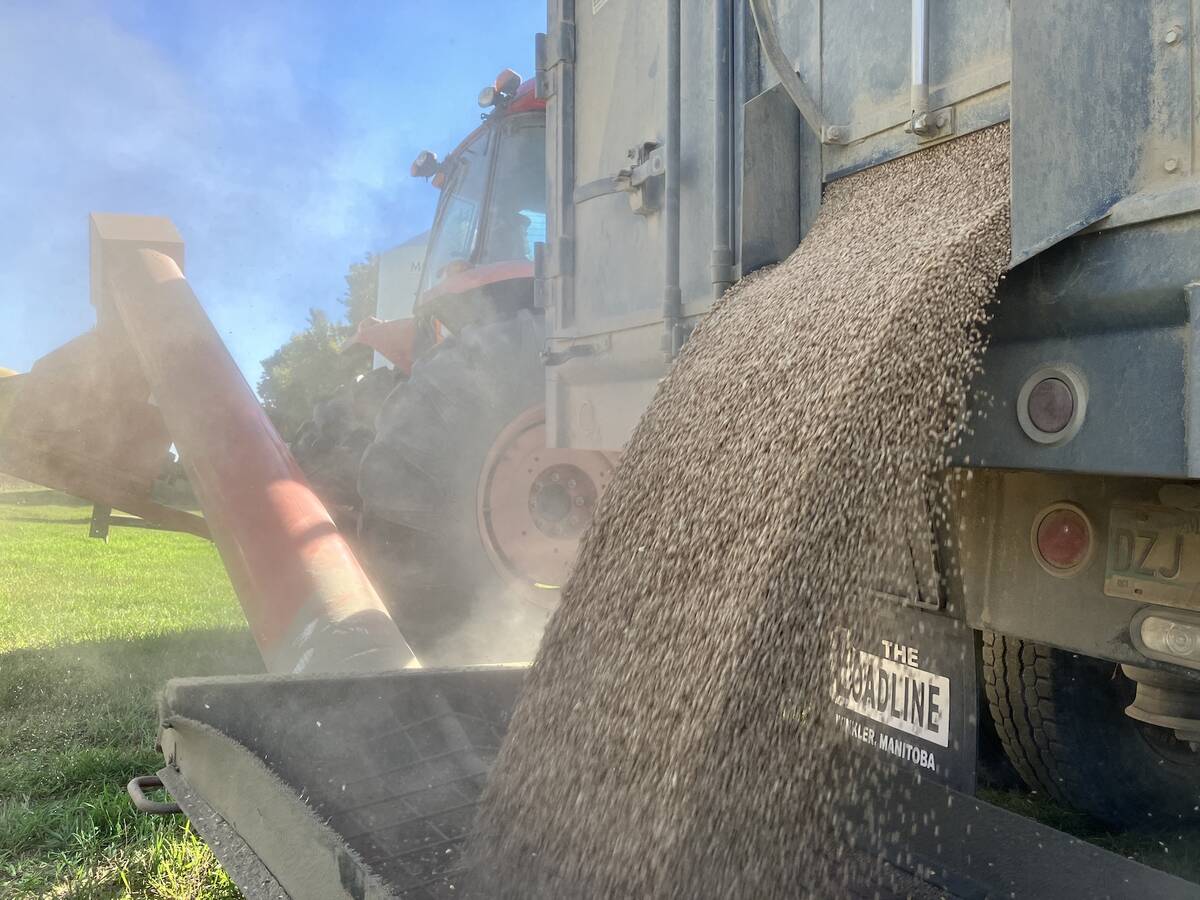
Riding market swings can add farm profit
Regular price trends in the grain market can help farmers pinpoint how and when to sell their grain with more confidence, analyst says
Then came the long-awaited report on principal field crops from Statistics Canada, released Dec. 3. Many in the trade believed the federal agency would lower its call on canola production and that for several other crops.
That Friday, Statistics Canada came through, pegging this year’s canola harvest at 12.59 million tonnes, down 1.5 per cent from the agency’s call in September.
Compared to a year ago, canola production has fallen 35.4 per cent, as this summer’s intense heat and extreme drought eradicated early hopes of a crop that was supposed to be around 20 million tonnes. Now with a bit less canola on the market, already tight supplies just got a bit tighter.
ICE canola futures darted upward that Friday morning, building on the sizable gains for old crop the day before. Any ideas of canola never rising back above $1,000 per tonne were dispatched to the sidelines. The January con- tract had already returned to the four-digit level, but the March contract pierced that psychological level as well — an event that wasn’t as expected.
Canola, like many other commodities, was in dire need of fresh news. The trade had expected lower production of the oilseed would likely generate an increase, but with March staying below $1,000.
Meanwhile, during this week new-crop November 2022 canola fell below $800 per tonne. It will be interesting to see in the coming days if those prices will surge higher.


